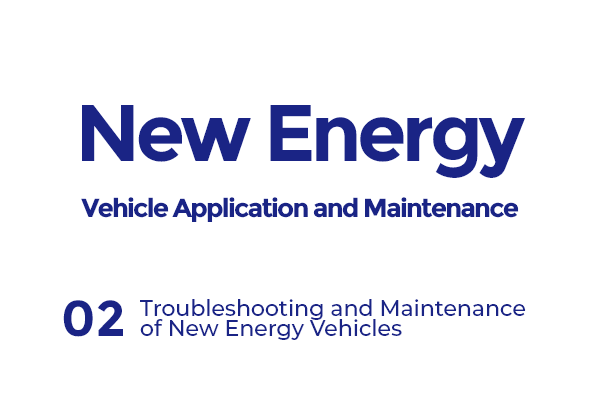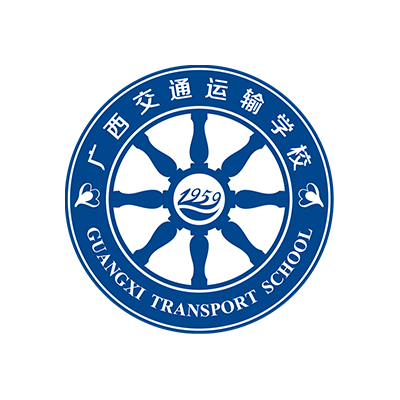TEL:+855 99 294 999
FAX:+855 99 294 999
E-MAIL:catecp@china-asean.cn
Lesson Code: TCEN2024G014
Clicks:
![]()
1. Lecturer: YANG Huaming, Guangxi Transport School(GXTS)
2. Lecturer: LI Yuanzhong, Guangxi Transport School(GXTS)
3. Lecturer: LU Desheng, Guangxi Transport School(GXTS)
4. Lecturer: WEI Xufu, Guangxi Transport School(GXTS)
5. Lecturer: ZHANG Zhen, Guangxi Transport School(GXTS)
6. Lecturer: TAN Qingmiao, Guangxi Transport School(GXTS)
7. Lecturer: LIANG Dayu, Guangxi Transport School(GXTS)
8. Lecturer: LI Daibin, Guangxi Transport School(GXTS)
9. Lecturer: HUANG Mashi, Guangxi Transport School(GXTS)
10. Lecturer: QIN Haoyuan, Guangxi Transport School(GXTS)
11. Lecturer: MO Xirui, Guangxi Transport School(GXTS)
![]()
![]()
![]()
● Corresponding PPT
● Online Course Video
● Simulation Question Tanks
![]()


![]()
● Being able to conduct fault detection, repairs, and replacements following new energy vehicle safety operation standards.
● Capable of using circuit diagrams to locate fault-related information and accurately analyze fault positions.
● Knowing how to conduct standardized fault detection and component replacement according to repair manuals.
● Learning to use diagnostic tools for fault diagnosis and being able to read fault codes and data streams.
● Knowing how to master methods of fault analysis for new energy vehicles.
● Capable of using instruments such as multimeters and oscilloscopes for fault detection and repair of various systems.
![]()
![]()